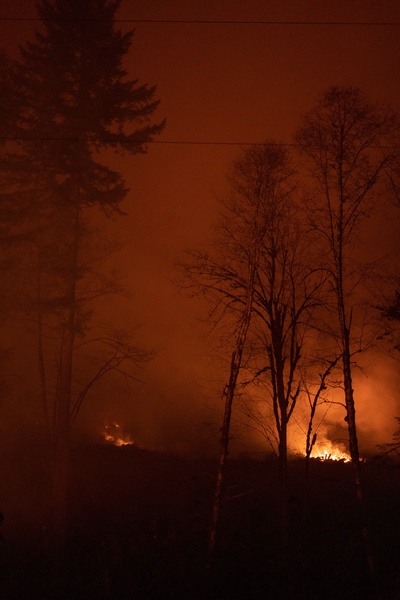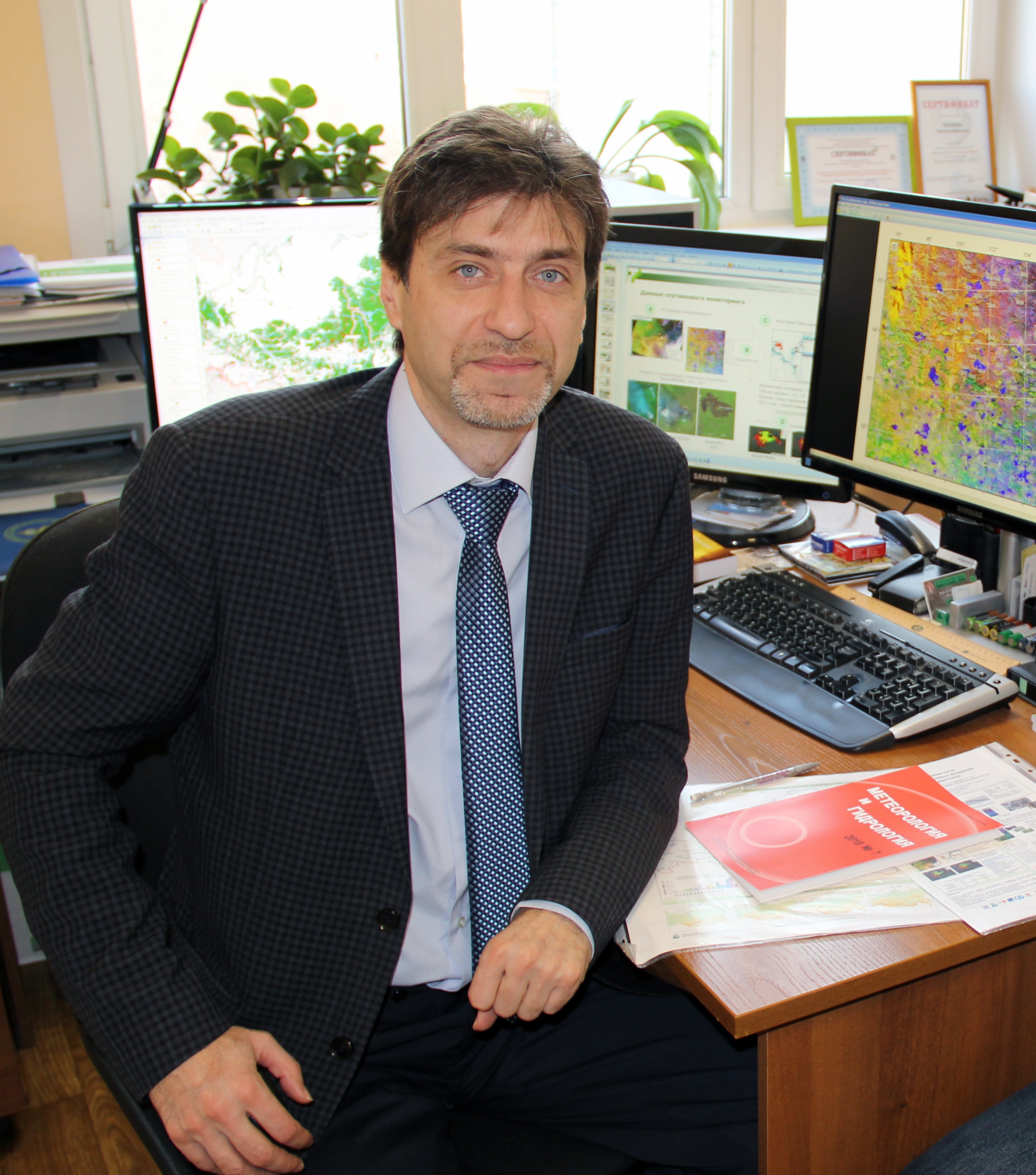Why are there many forest fires in Russia and is it possible to fight this?
17 June 2019 г.

The main reasons of fire outbreaks.
Annually, tens of thousands of fires break out in Russia, about 1,5-3 million hectares of forest are destroyed by fire and 30% of the recorded fires are assumed to result into the change of the stands. A forest fire breaks out when there are several coinciding conditions:
There is material which can support burning, for example, dry grass, leaves, litter, logging wastes, branches and fallen trunks of trees.
There are weather conditions which contribute into the drying out of flammable material.
And, most important is an open source of fire. The main reason of such sources resulting into fire outbreaks is the man and his careless handling of fire in the forest, lack of responsibility and negligence. According to the estimates of scientists, 70 - 95% of forest fires are caused by the man. This is a considerable amount. Moreover, under the same conditions, in Russia this amount is higher than in the western countries.
The remaining one third of fires is due to natural factors; these are mostly, lightning strikes into a tree or dry grass. Annually, in Russia more than a thousand and a half of the recorded fires are due to thunderstorms.
Another natural cause of fires can be a catastrophic scenario: an eruption of a volcano or a falling meteorite. We remember, for example, the Tunguz meteor which triggered a lot of fires resulting in large forest damage. However, the amount of such fire outbreaks is actually small. The main causes of fires are the human activity and lightning strikes.
The areas where forests mostly burn.
About 70% of all forest fires in Russia occur in Siberia, in the Krasnoyarsk Region, Yakutia, Transbaikal region. Steppe fires are recorded in the whole area of the south, in the Transbaikal region, steppe areas of Siberia and in the west of Russia. There are a lot of fires in the southern regions of the country covered with forest steppes and steppes.
A great amount of vegetation burns along the border with Mongolia, China and Kazakhstan. Great fire outbreaks are recorded in Primorye. Also, with the periodicity of about 30 years there occur huge peatland, forest and steppe fires in the west of Russia.
In the northern taiga fires occur frequently and cover large areas. These are vast, unpopulated lands and there is hardly any possibility to use forest firefighting services and equipment to quench fires at their early stages.
In other countries such areas are absent; however, in dry environment in the absence of precipitation big fires often occur. Forest fires are typical for Greece, Portugal, Spain, Brazil, Australia, France, Canada, and USA. Burning forest is a challenging worldwide problem which is not easy to overcome.
“Evolution” of fires.
In the last years scientists have noticed that fires in Russia have become more numerous and vast areas of forest are burned down. The most vulnerable areas are those where patrolling and quick reaction to the fire is impossible.
The intensity of fires also increases. Now, scientists are able to estimate this characteristic with the help of satellites measuring heat emission power.
Northern taiga burns most intensively, there several millions of hectares are annually destroyed by fire. This tendency is likely to be due to climate changes.
Over the area of Siberia the redistribution of the amount of precipitation has been observed. In some regions, in certain time periods this amount decreases. Stable anticyclones in summer result into rainless, dry weather. As a result, inflammable material in forests and grass quickly become dry and after the fire outbreak they burn intensively.
Beware of fire
For people, any fire presents a danger, especially if it occurs near settlements. The close proximity of burning trees or grass is always a risk that the fire will spread to buildings. But forest fire is terrible not only because it destroys the timber reserves and can damage the infrastructure, large-scale emissions of various compounds into the atmosphere also occur during fires. These emissions include greenhouse gases which contribute to global warming. As the number of fires increases, the amount of emissions grows, enhancing the warming, which is a vicious circle.
Smoke itself is also harmful to humans. Emissions from fires spread very far. Smoke can easily cover a distance of several thousand kilometers. For instance, smoke plumes from fires in Siberia were recorded even in the European part of Russia, at a distance of about four thousand kilometers.
In the areas damaged by fire, the thermal regime may vary significantly, and changes at the level of ecosystems are also possible. For example, the litter which prevents heat from penetrating deep into the soil burns out.
In the permafrost zone of the North, disturbances in heat balance can lead to the permafrost thawing much deeper than in normal conditions. This will result in the release of carbon accumulated in the air in the form of carbon dioxide and methane, i.e. greenhouse gases which affect the climate of the planet.
How to fight fires
It is impossible to avoid fires as they are natural, but it is within our power to reduce their amount. To do this, first of all, it is necessary to make people aware of their ecological responsibility. According to scientists, the development of cultural behavior in the forest and nature will prevent a third of the fires. For example, one of the problems for the vast southern areas of the country is the “spring burns”, which overtake not only the grass, but the forest as well. Eliminating only this harmful tradition will significantly reduce the number of seasonal spring fires.
Preventive burning allows reducing the fire hazards. They are performed in a number of foreign countries under certain weather conditions by purposefully setting fire to forest litter. Slowly spreading, such a controlled fire reduces the amount of flammable materials, thus decreasing the natural risk of forest fires. In Russia, this practice is not widely spread yet, being used only in experimental cases.
Another key to successful fire fighting is the early detection and elimination of fires. For this, an area observation network must be created.The modern standard of such a network is a four-level observation: ground services, observation towers, aerial surveillance and space monitoring. Still, it is important not only to fight fires, but also to prevent them, at least, those caused by humans.
Share:

